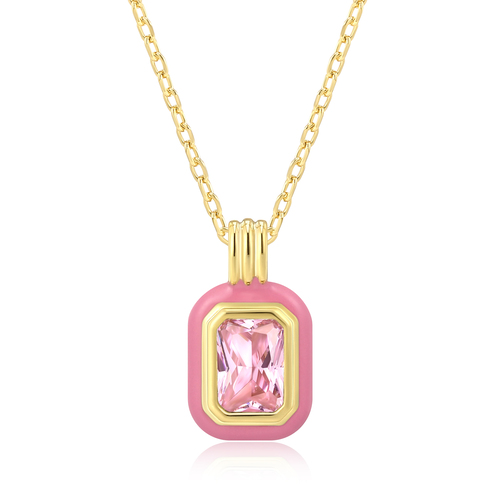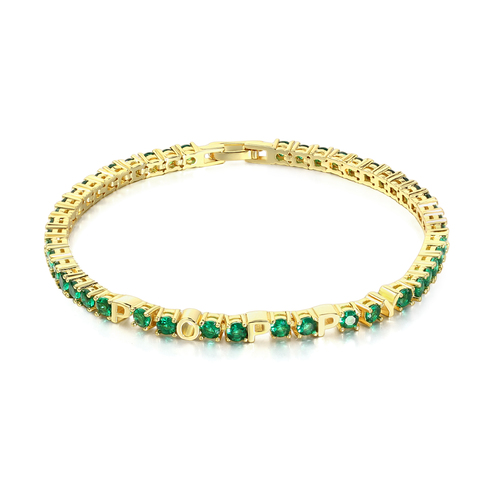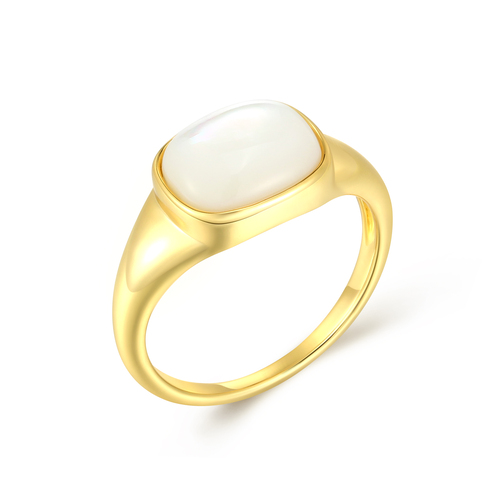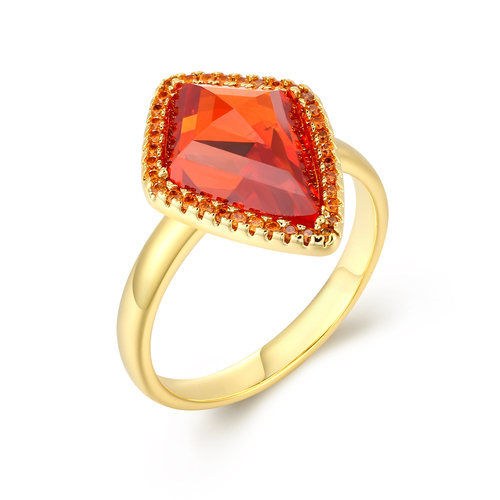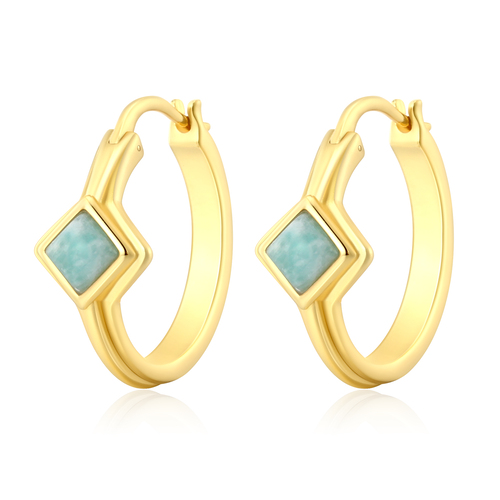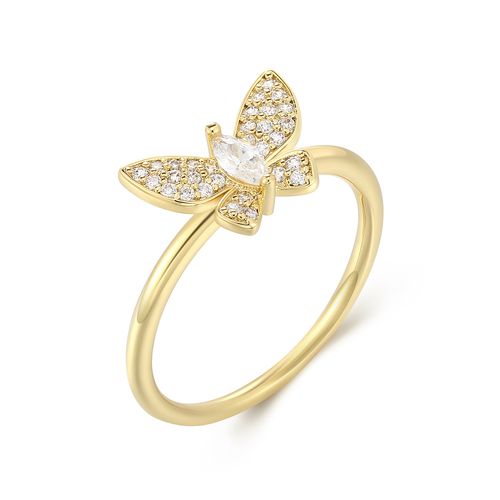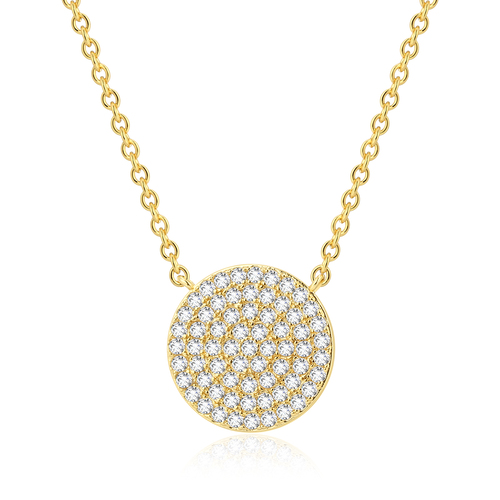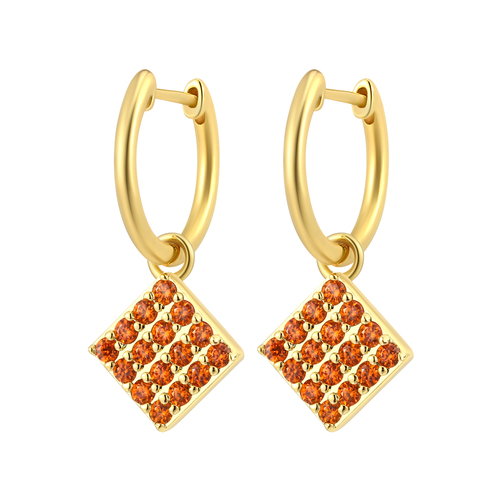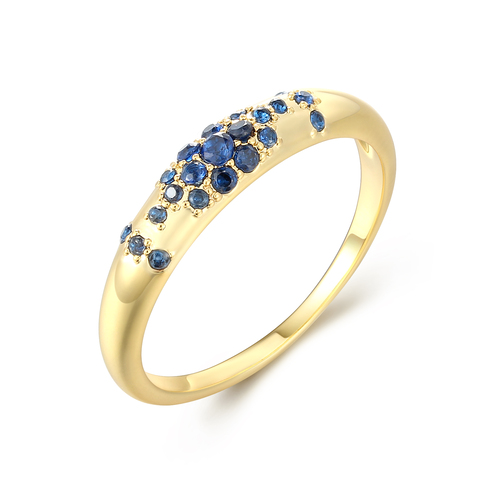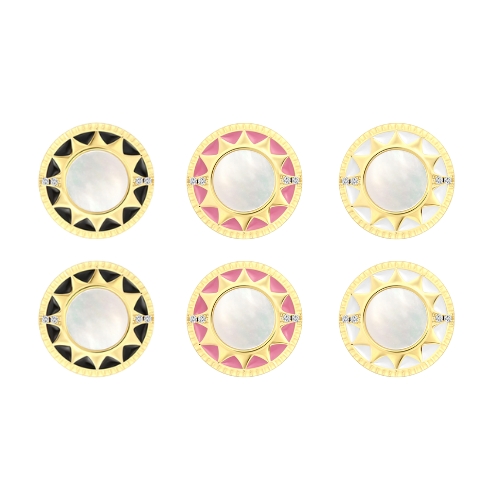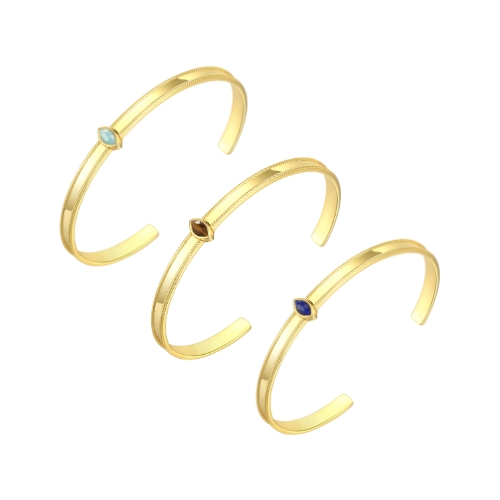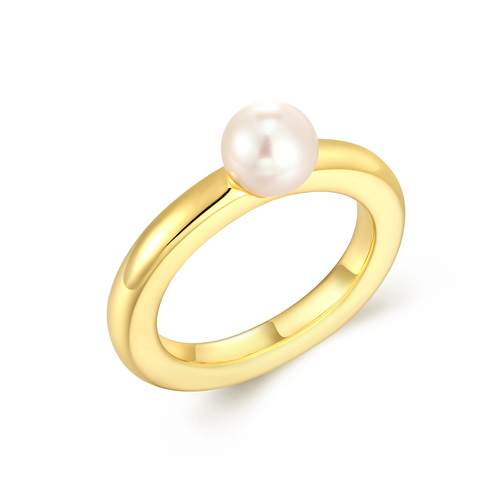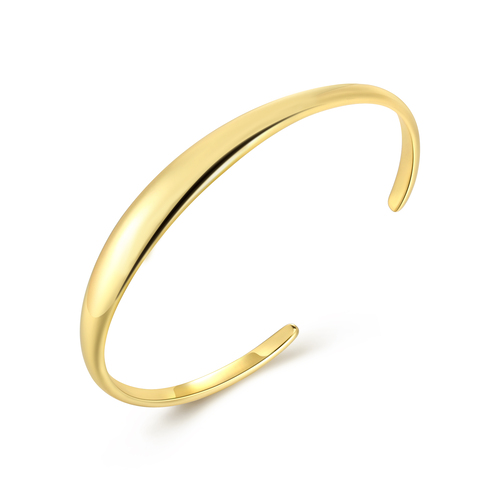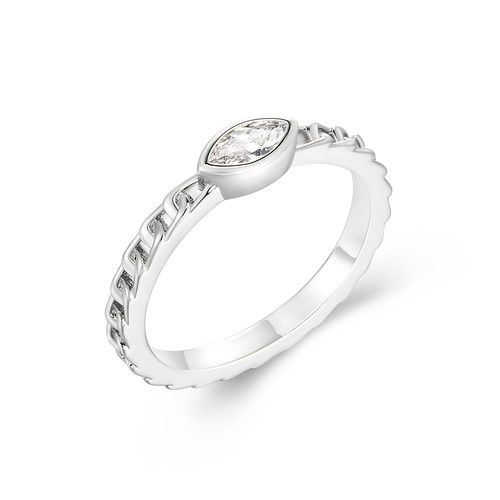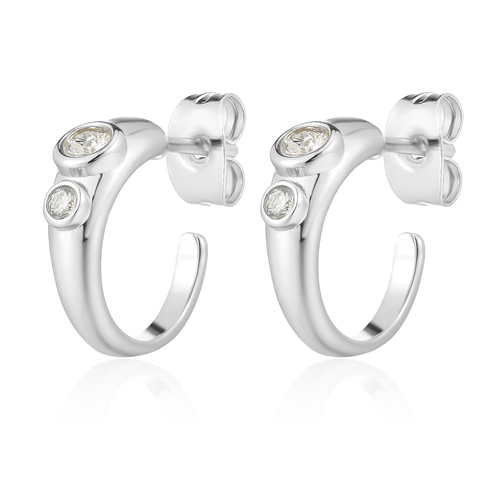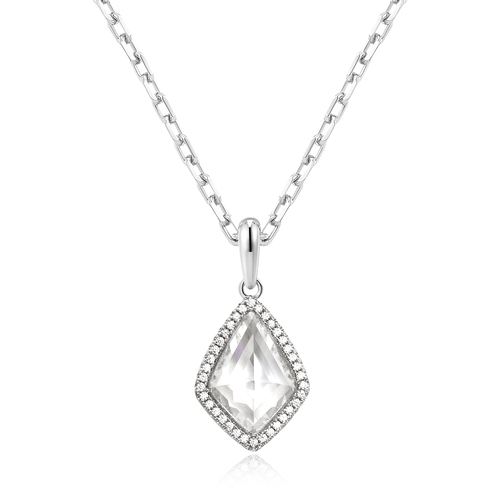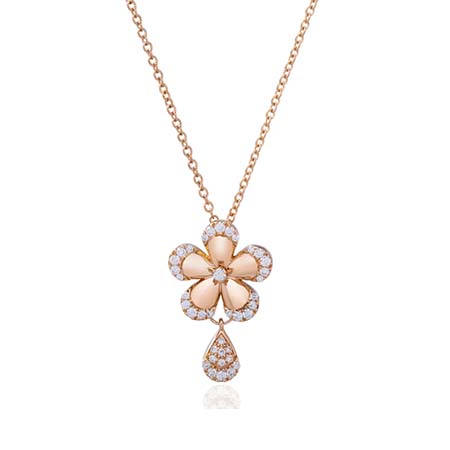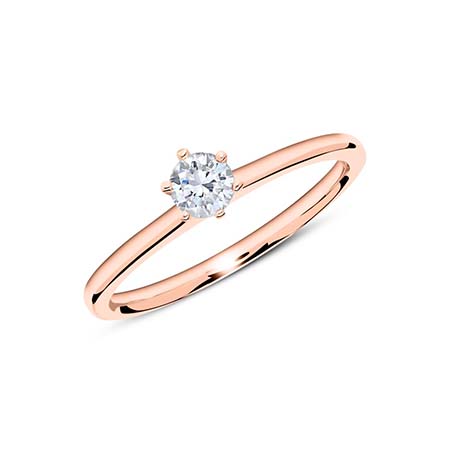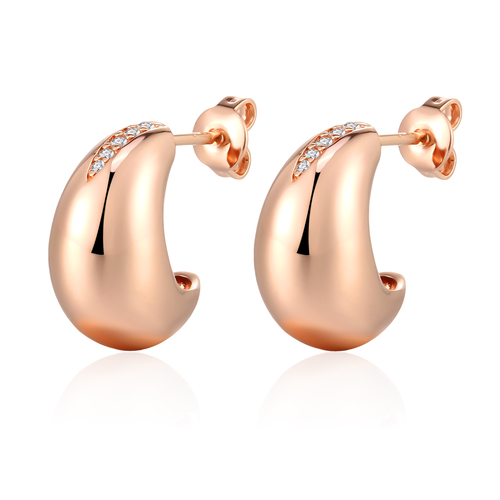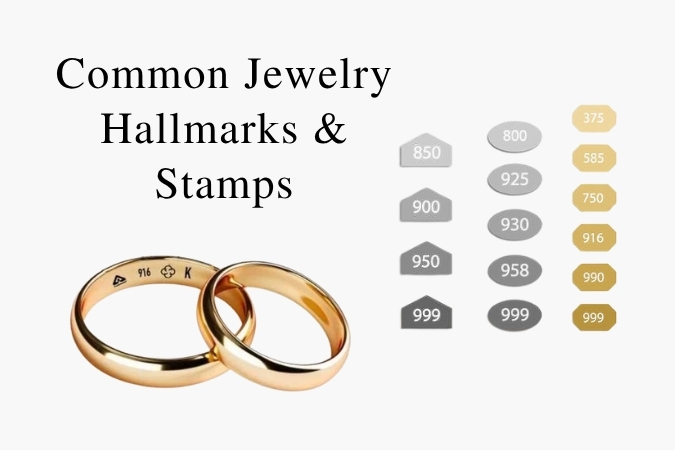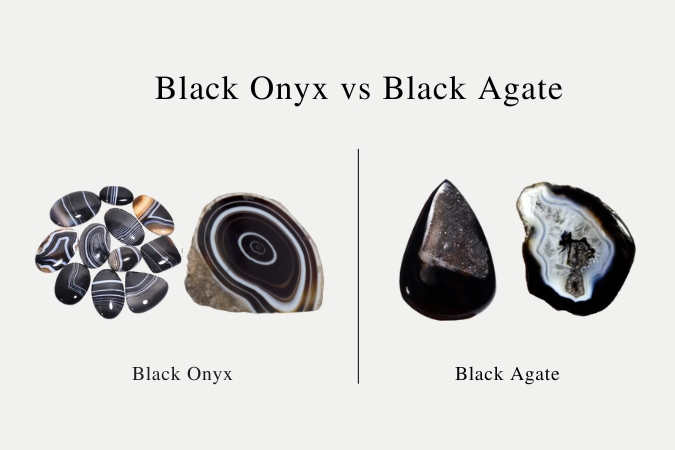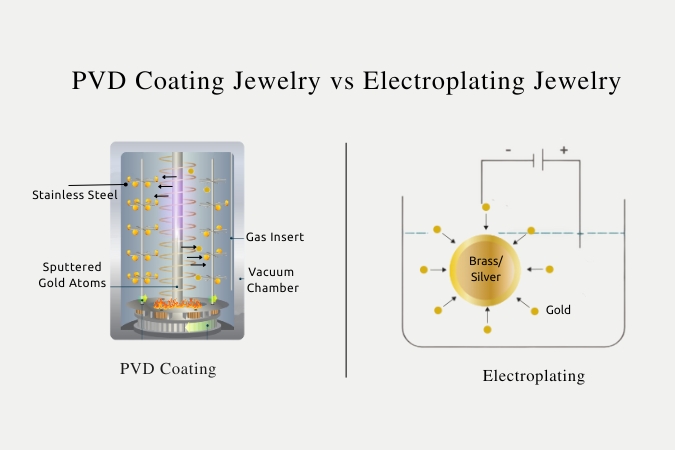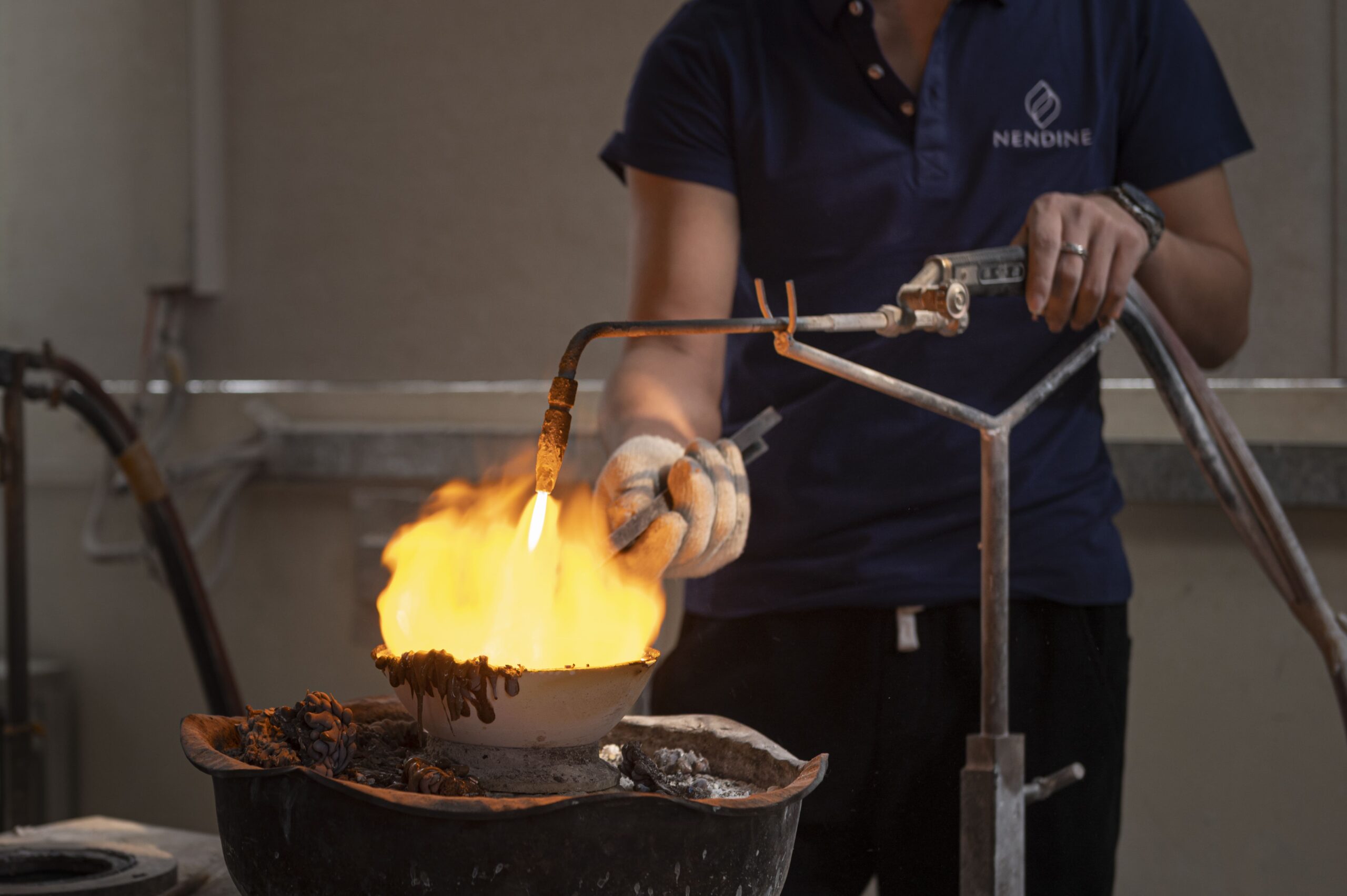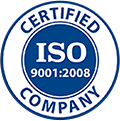- Home
- 14K/18K Solid Gold Jewelry
Custom 14K/18K Solid Gold Jewelry
All About Fine-Crafted 14K/18K Solid Gold Jewelry
After hearing the popular saying: “all that glitters is not gold”, you might be confused about what gold is, how you recognize gold, as well as some other questions. This is because nowadays, there are so many jewelry pieces that look like gold but are not. Some of them are gold vermeil, gold-filled, and gold plated, which are made by bonding gold to base metals.
However, there are solid gold jewelry made with real gold. And in this comprehensive guide, we will discuss the two popular types of solid gold – 14K and 18K. We will also talk about the benefits of investing in solid gold jewelry and the factors you should consider before doing so.
Let’s start with getting the basics of solid gold.
Understanding Solid Gold Jewelry
Ordinarily, solid gold means pure gold, i.e., 24K gold has 100% gold content. But this type of gold is relatively soft and malleable, which makes it bad for jewelries as it will have less resistance to corrosion, wear, tarnish, and fail to last long. Hence, jewelers often mix it with other metals to form gold alloys for better strength, durability, and other desirable properties.
Another seemingly confusing part about solid gold is the color. You may just be seeking the wrong color because, like the rainbow, solid gold comes in a myriad of hues. However, the most popular ones are yellow, white, and rose.
Yellow Gold
Pure gold is always yellow but because other metals are added for improved solidity, the color alters. Yellow gold jewelry is typically mixed with copper, silver, and a small quantity of zinc, which changes the color slightly, but still maintains a yellow hue.
White Gold
Usually used for classical necklaces and engagement rings, white gold is considered to be beautiful and durable. It appears similar to sterling silver, but it is whiter than the gray color of sterling silver. White gold is often altered with different quantities of copper, silver, nickel, and palladium.
Rose Gold
Also known as Russian gold, it was most popular in the 19th century and it is gradually making a massive comeback in modern gold jewelry. It is often mixed with the same metals as yellow gold, i.e., copper, silver, and zinc but in varying quantities. Regarded as the middle color between yellow and silver, rose gold is perfect for harmonizing yellow and white gold jewelries. This is why it is a popular choice for everyday rings, bracelets, and necklaces.
Is Solid Gold Real Gold?
Not quite. Real gold is a precious metal, and it’s extremely rare. Also, it is basically too soft and practically of no use in its original state because it wouldn’t last long for whatever it is shaped into.
Oftentimes, most real gold you see is not really real. They are the combination of high gold content with other non-precious metals (which are added to improve the hardness of the gold). In order not to bastardize the quality of solid gold by mixing higher content of metal, a general rule has been stipulated. It states that, at the minimum, solid gold jewelry must have a karatage of 9 or higher. Karatage is the measurement of gold in alloys.

How Gold Purity Is Measured?

Gold in alloys (same thing as GOLD PURITY) is measured in Karatage (sometimes called karats or K). It’s basically the amount of real gold that is in any alloy. In this case, the measurement of the amount of real gold that’s present in a solid gold jewelry.
The most common karat options that can be included in solid gold are 10K, 14K, 18K, 22K, and 24K.
10K
Contains 41.7% pure gold and 58.3% alloyed metals. It’s the hardest and most affordable piece on this list, but it does not have the deep yellow tone that others have since it’s made up of a higher content of alloyed metal.
14K
Contains 58.3% pure gold and 41.7% alloyed metals. This is one of the two most popular solid gold and it’s ideal for everyday use, as it contains high content of strong metals. 14K pieces are typically used for engagement rings, wedding bands, and so on.
18K
Contains 75% pure gold and 25% alloyed metals. This is the other most common solid gold. 18K jewelries have a deeper yellow hue than 14K obviously because of the higher gold content, however it is more expensive.
22K
Contains 92% pure gold and 8% alloyed metals. This karat option is only a few steps away from 24K. It is very strong and durable, nevertheless, it must be handled with care because it is the softest form of mixed metal jewelry.
24K
Contains 100% pure gold, hence it’s easy to denote that this is the best gold to buy. However, it’s not suitable for making jewelry unless other metals are added. In fact. You can’t do the easiest house chore while wearing a 24K bracelet because little dent will appear on it boldly.
Understanding 14K Gold vs. 18K Gold
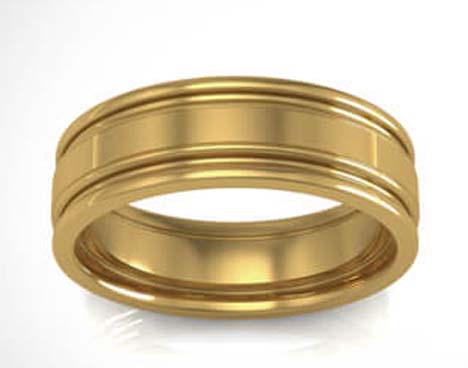 | 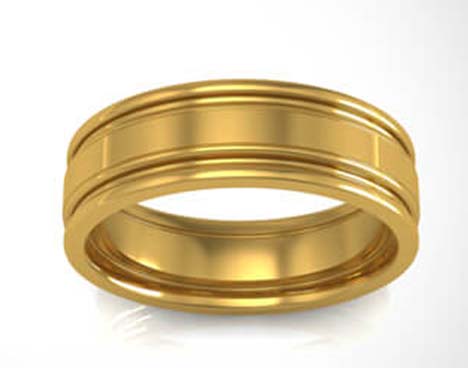 | |
|---|---|---|
| style | 14K Gold | 18K Gold |
| 14K pieces are extremely beautiful, making them commonly used as symbols during memorable occasions like engagement rings and weddings. This is because aside from beauty, they contain a high percentage of alloy, which makes them very strong and capable of lasting a lifetime. Thanks to the durability, they maintain their shine and luster for many years even when exposed to everyday usage. | Across the globe, 18K gold is regarded as an especially sophisticated and magnificent piece. Aesthetics aside, many people value this piece as a financial investment that is both safe and substantial since it contains a higher gold purity than 14K and boldly makes a statement in any gathering. | |
| Composition | Composed of 58.3% pure gold and 41.7% of other metals. | Composed of 75% pure gold and 25% of other metals. |
| Color | Slightly less rich in color because it contains a lesser quantity of pure gold. However, it still retains much of gold’s natural luster. | Tends to have richer color since it contains a higher quantity of pure gold. |
| Appearance | Appears brighter and more reflective because of its higher content of alloying metals, which adds more shine and luster to the jewelry. | Have a slightly softer and warmer appearance. Its higher content of gold makes it appear more luxurious. |
| Durability | More resistant to wear and tear because of its higher content of other strong metals. It’s often recommended for daily wear. | A bit softer and less durable when compared to 14K gold because of the lesser content of alloyed metals in it. |
| Cost | Contains less amount of pure gold, so it’s less expensive. | Generally more expensive as it contains a higher amount of pure gold. |
| Allergies and Sensitivities | Have a slightly higher risk of causing allergic reactions, especially if the added metals include nickel. However, many jewelers don’t include nickel in the composition anymore since allergies and sensitivity became a topic. | Since it contains a higher percentage of gold, the risk of causing allergic reactions is reasonably low because only a small quantity of alloyed metals is involved. |
Why You Should Add Solid Gold to Your Product Line
Solid gold jewelry has taken over the fashion world and is gaining more popularity by the day because of its numerous benefits. Discussed below are highlights of its advantages:
Timeless Elegance: Solid gold is cherished for its enduring beauty and classic appeal, making it a timeless piece that’s suitable for any style or occasion.
Durability: Solid gold is robust and resistant to wear, tarnish, and corrosion, making it retain its shine and beauty over time.
Value Retention: Gold tends to retain its value or even appreciate with time. Aside from being a beautiful accessory, it’s also a wise, long-lasting investment.
Versatility: Solid gold can be professionally crafted into different styles, from vintage to minimalist or intricate designs. It complements both casual and formal outfits.
Inheritance: Solid gold jewelry serves as an heirloom passed down through generations, carrying with it sentimental value and stories.
Minimal Maintenance: Unlike some gemstones that require special care and maintenance, solid gold jewelry is easy to clean and maintain. With proper cleaning and occasional polishing, it will look its best.
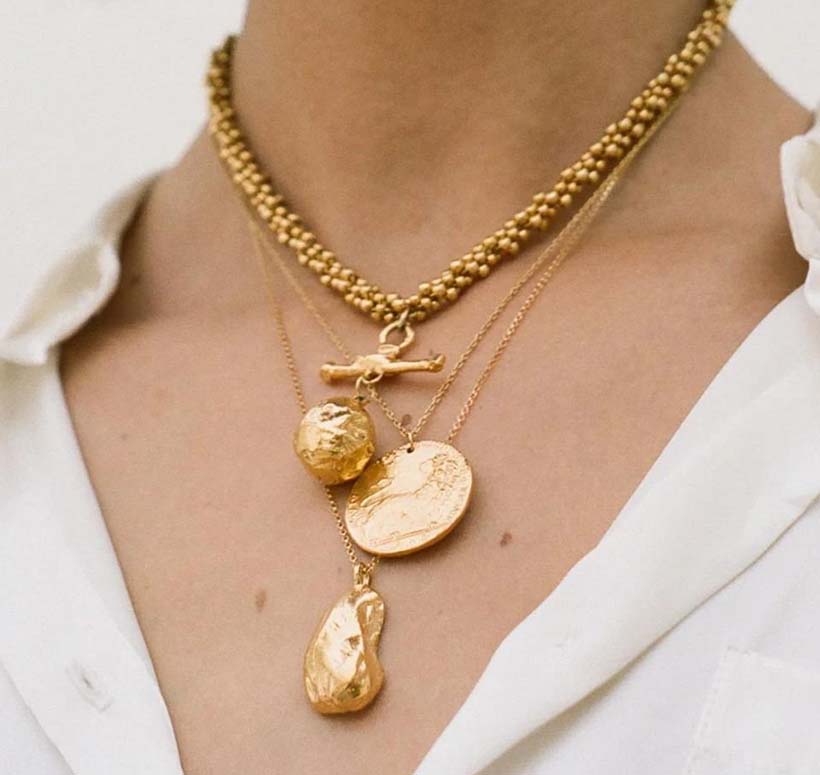
4 Factors Unveiling the Quality of Solid Gold Jewelry
Hallmarks and certifications are the marks stamped on gold jewelry to show their purity (that is the karat grade) and the mark of the manufacturer. This action can be dated back to London, England, in 1327, which has become a global act by the way. Nowadays, it is considered a crime to sell gold jewelry that is not hallmarked or certified by a government-approved assay office. This is done to curb the trade of fake gold.
Hence, the best way to tell if the gold jewelry you are buying is real is to look for a hallmark. If the jewelry does not have a hallmark, it could mean that the piece does not contain real gold or perhaps the hallmark has rubbed off over time, which can happen if the jewelry is in constant contact with the skin. Another possible reason for the absence of hallmark is if the gold jewelry was made before 1937 when hallmarking started becoming a consistent practice.
How professional the craftsmanship and finishing of solid gold jewelry is determines its overall quality and aesthetic appeal. There are many jewelers, including those who are not very good with their craft. Hence, you need to survey for those who are professional and experienced in order to get quality jewelry.
Some of the things you should look out for in any jewelry piece is the symmetry, precision in gemstone settings, and the absence of visible flaws or imperfections. Also, pay attention to the quality of soldering and any engravings. A well-crafted jewelry will showcase fine workmanship, with no rough edges or uneven surfaces. A quality finish adds to the longevity and beauty of the piece.
As you must have learnt repeatedly in this comprehensive guide, the purity of gold, otherwise known as the percentage of pure gold in solid gold jewelry, is measured in Karats (K). The higher the karat number, the purer the gold. This makes it easy to evaluate your gold jewelry’s purity. For example, 24K is 100% pure gold, 18K gold is 75% pure gold, and 14K is 58.3% pure gold. You can check for markings or certifications that tell the karat grade.
Additionally, evaluate the weight of the jewelry, as it impacts both its value and resistance to damaging elements. Weigh the piece to compare its density to its size. This is because some jewelry are only big in size but weighs very low.
This is an extension of the solid gold’s karat level. Ordinarily, solid gold jewelry has an inherent longevity thanks to the added metal alloys that make it resistant to tarnish, wear, and corrosion. While the higher karat grades contain more gold content and are very valuable, they don’t last long because pure gold is too soft and susceptible to easy damage.
On the other hand, solid gold jewelries that contain a lower percentage of pure gold are less valuable but tend to last longer since they contain a higher quantity of strong metals.
These are factors that are worth considering when evaluating the quality of solid gold jewelry, which is why on this note, we’ve recommended 14K and 18K as the best because they strike a balance between longevity and value.
Related Articles
Check out our recent blogs to keep you up-to-date with the latest trends in the jewelry manufacturing industry.
Custom Jewelry Markings & Stamps: What Do They Mean?
Black Onyx vs Black Agate: Visual Guide to Key Differences
PVD Coating vs. Electroplating: Why Not PVD on Silver & Brass
Sustainable Jewelry: The Power of Recycling Precious Metals
Work With Nendine on the Custom Jewelry Business!
- Jewelry Brands
- Jewelry Wholesalers
- Retail Shops
- E-commerce
- Starting-up Brands
- Celebrities
